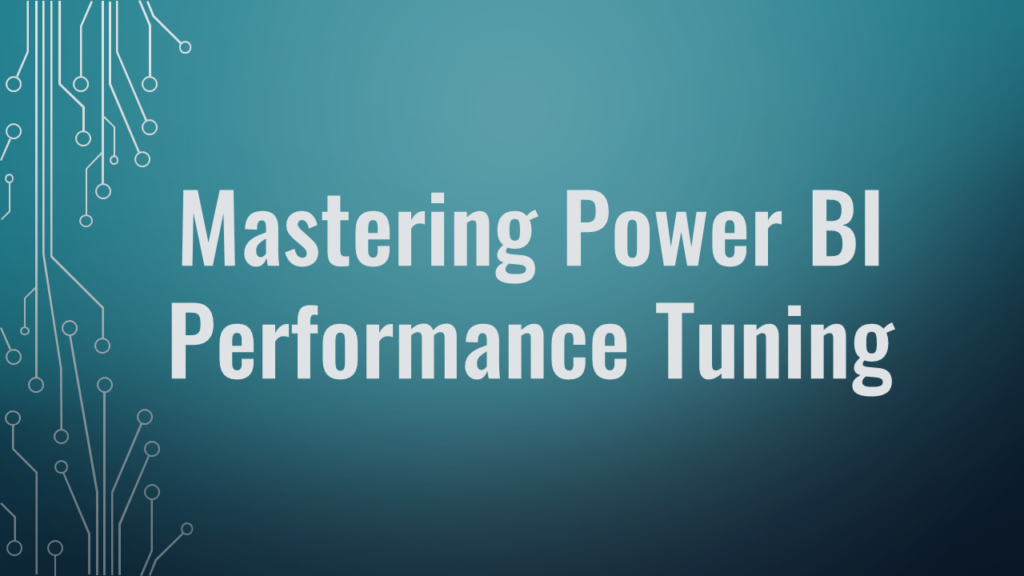Mastering Power BI Performance Tuning Course
Congratulations! You’ve built your shiny dashboard and your charts look terrific. But, your data refresh takes forever…Or, your report is utterly slow when interacting with visuals…You switch to DirectQuery mode to make things better, just to discover that the report performance struggles even more…
And, if you feel lost, I don’t blame you – I’ve also been there!
That’s why this course is for you: we will examine potential bottlenecks in your Power BI report – starting with defining the best practices for data modeling, then examining the data model size optimization, understanding the importance of the query folding feature for the smooth data refresh process, all the way to identifying culprits for your slow report rendering.
I’ll show you how to tune your DAX formulas for some common business scenarios and how to leverage various external tools, such as DAX Studio, Tabular Editor, and Bravo for Power BI, in the performance-tuning workflow.

We’ll also cover important advanced modeling topics, such as aggregations, incremental refresh and hybrid tables. Then, you’ll also understand when and why to use, or not use, the DirectQuery storage mode and how to implement performance improvements on the data source side.
We will wrap it up by sharing some of the real-life use cases. I consider them as lessons learned while optimizing enterprise-scale data models.
This course will not teach you how to build Power BI reports – I assume you already know how to do that – this course will teach you how to build EFFICIENT Power BI solutions, and, I believe you’ll agree that there is a huge difference between the Power BI report that just works and Power BI report that works efficiently.
After you finish this course, you should be well-equipped to start designing more performant, robust, and scalable solutions using Microsoft Power BI and feel more confident troubleshooting the existing poor-performing Power BI reports.
